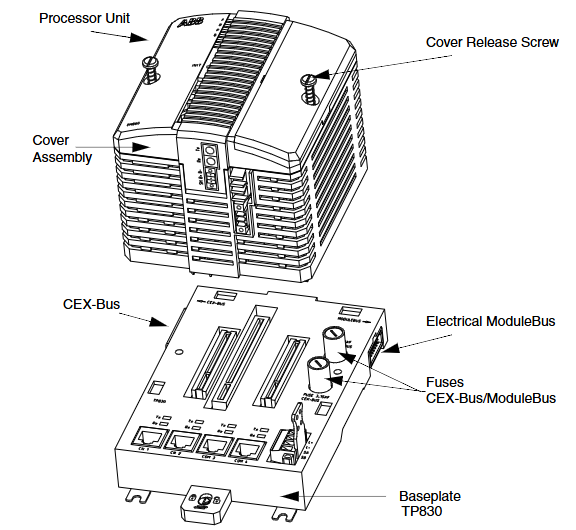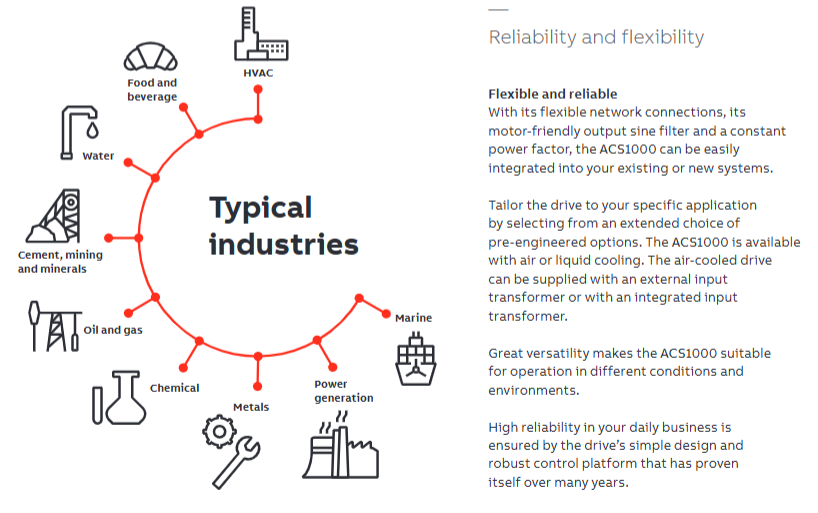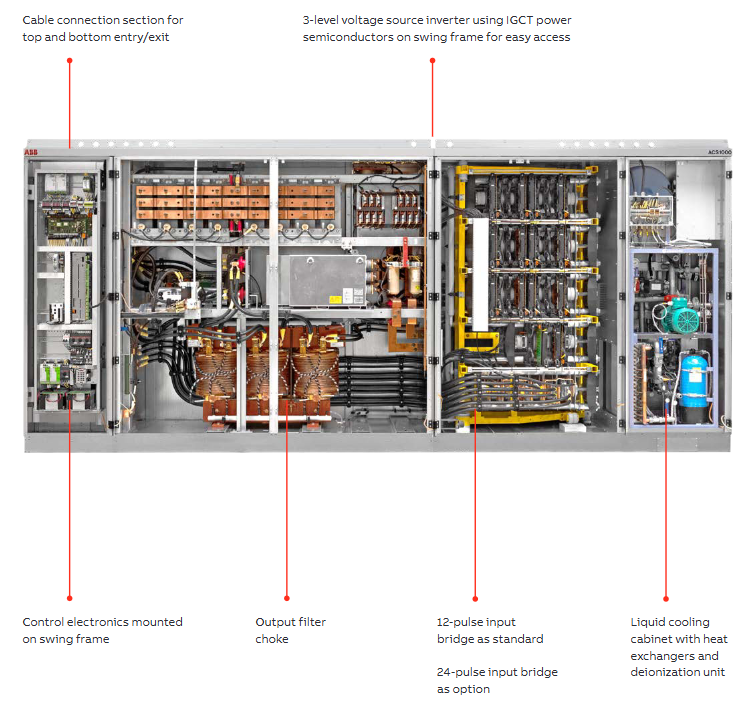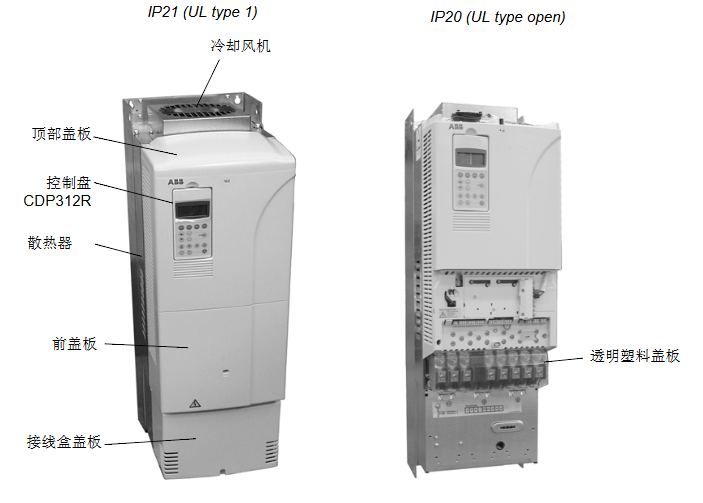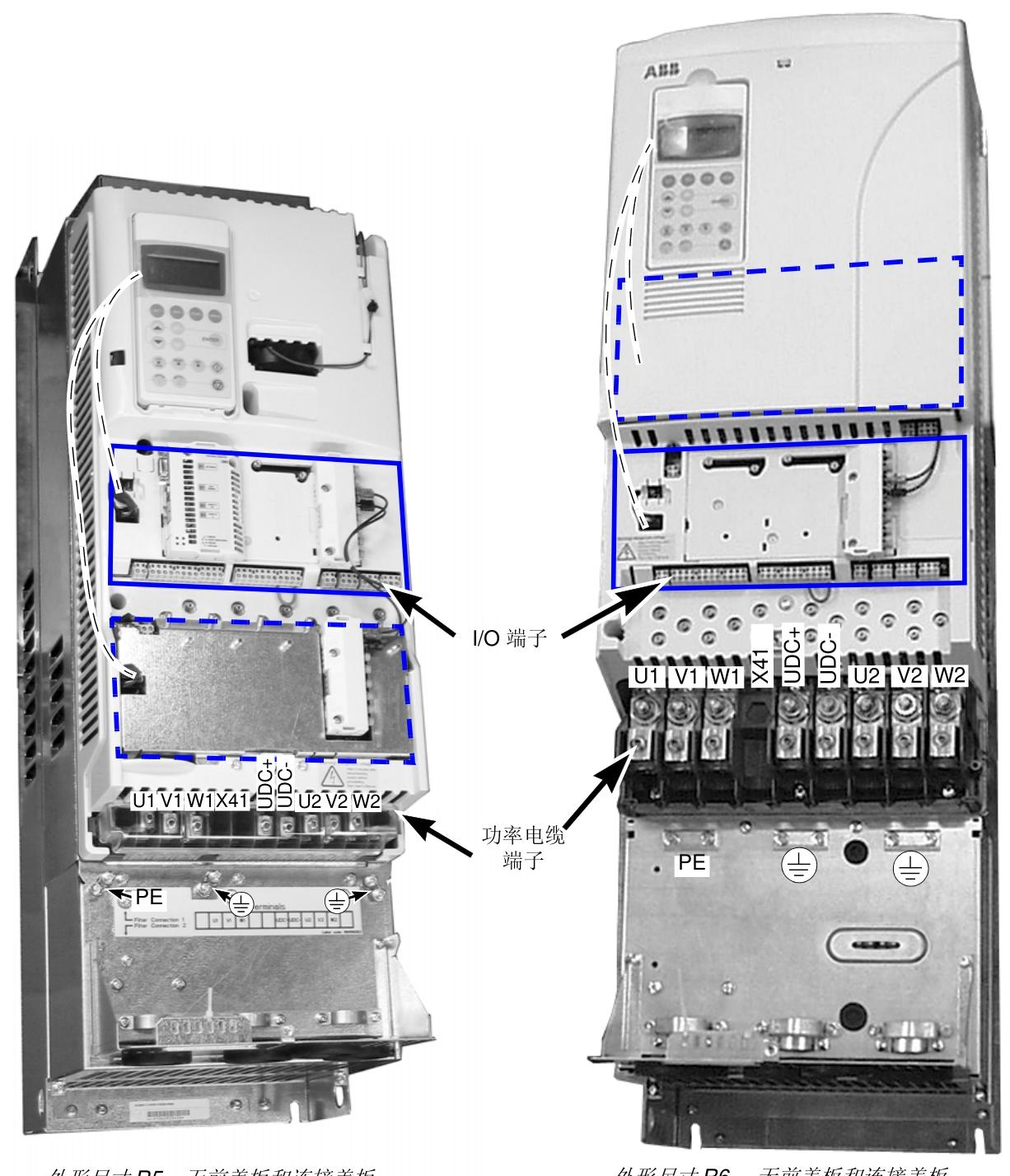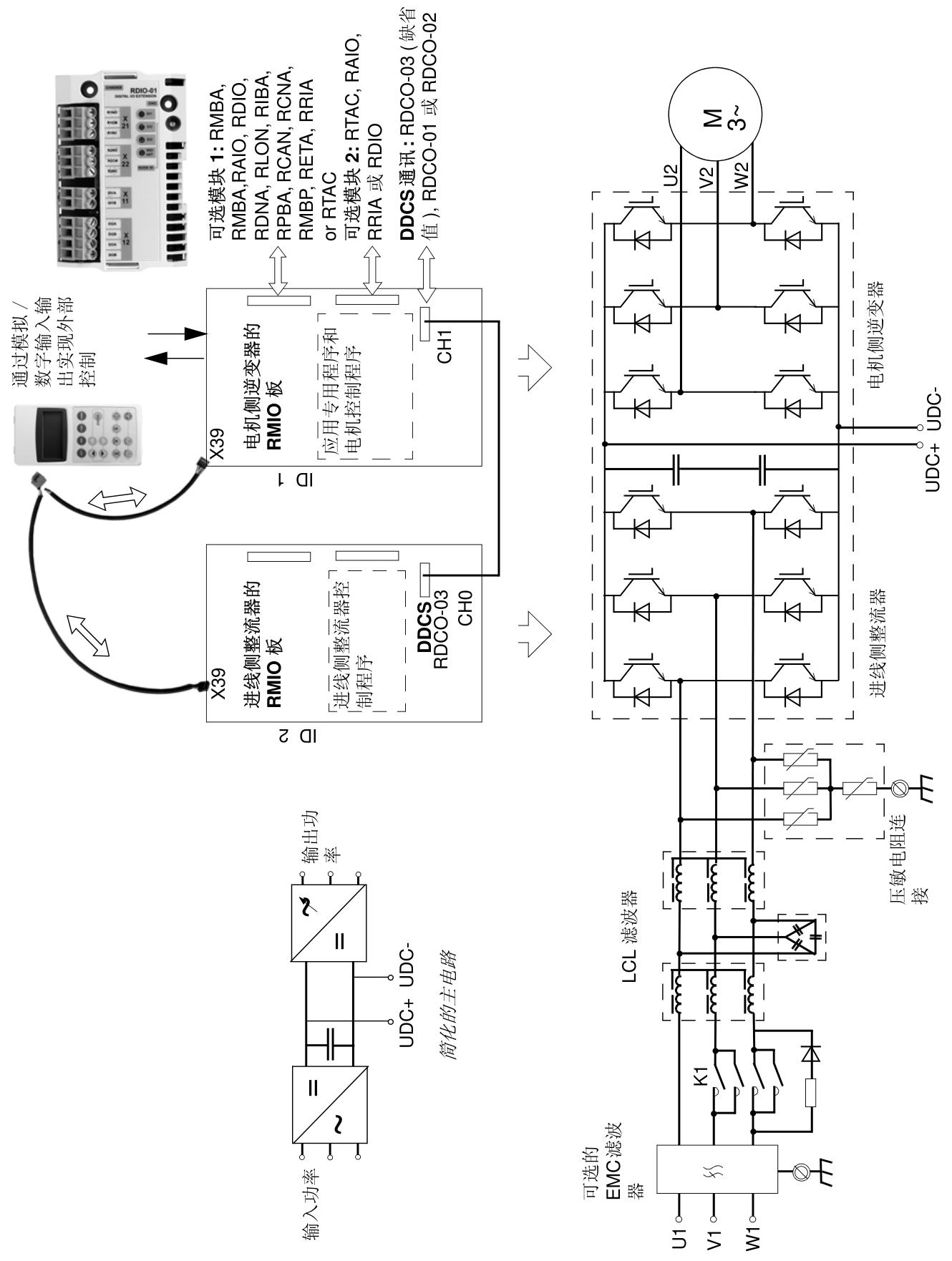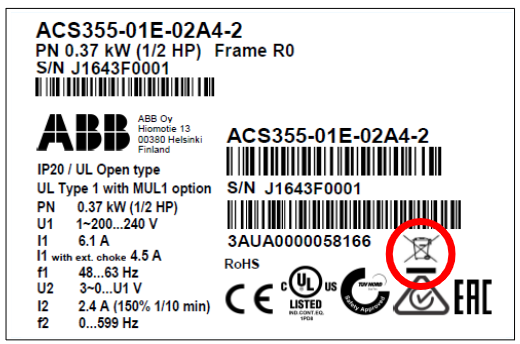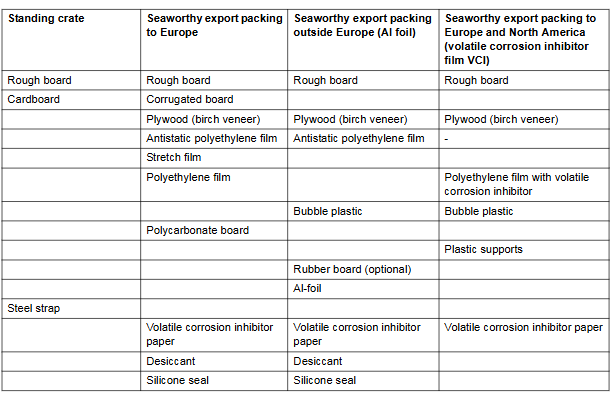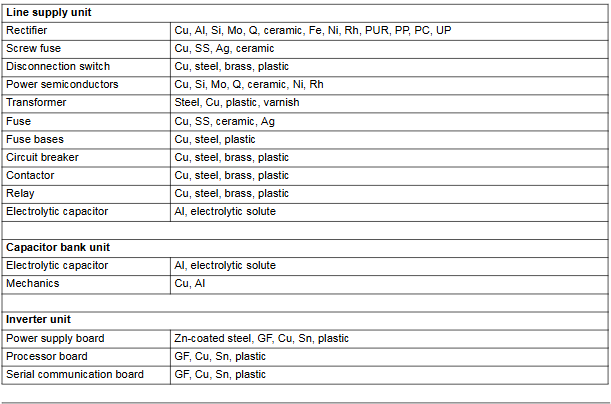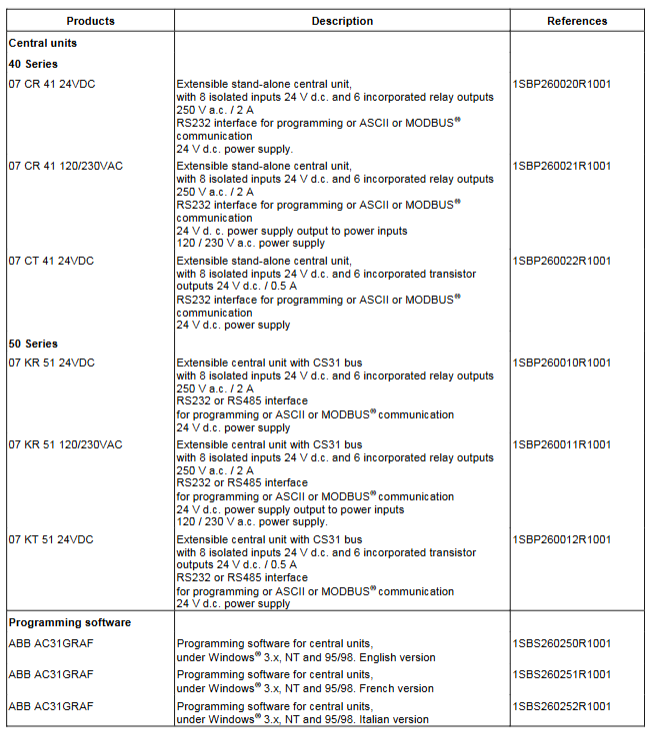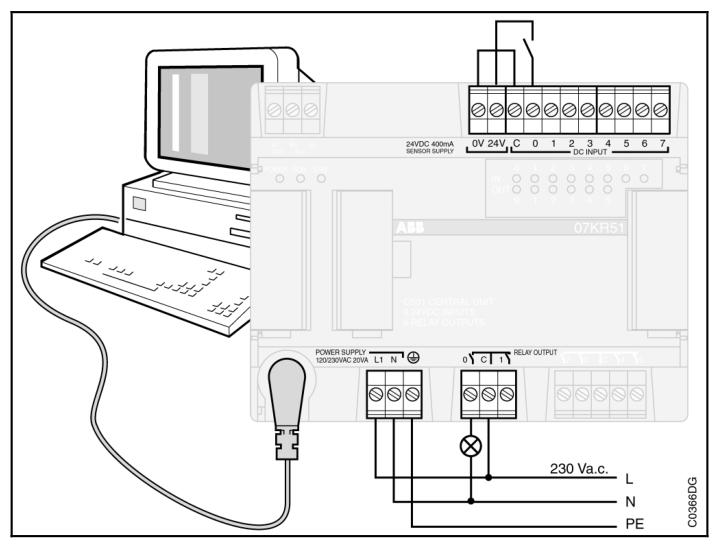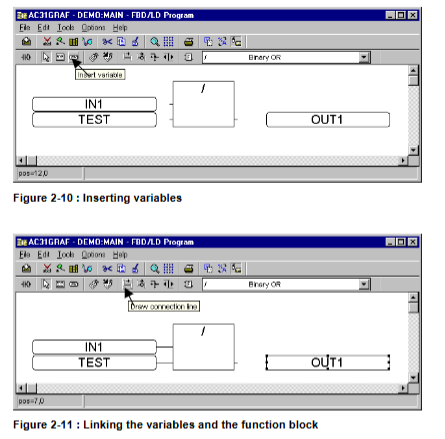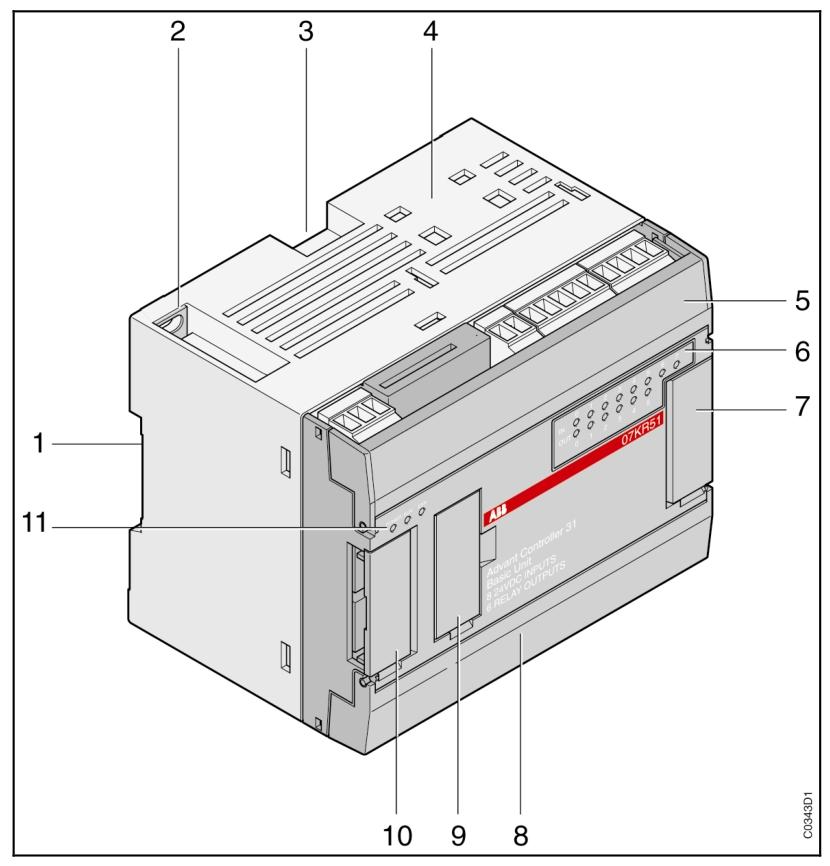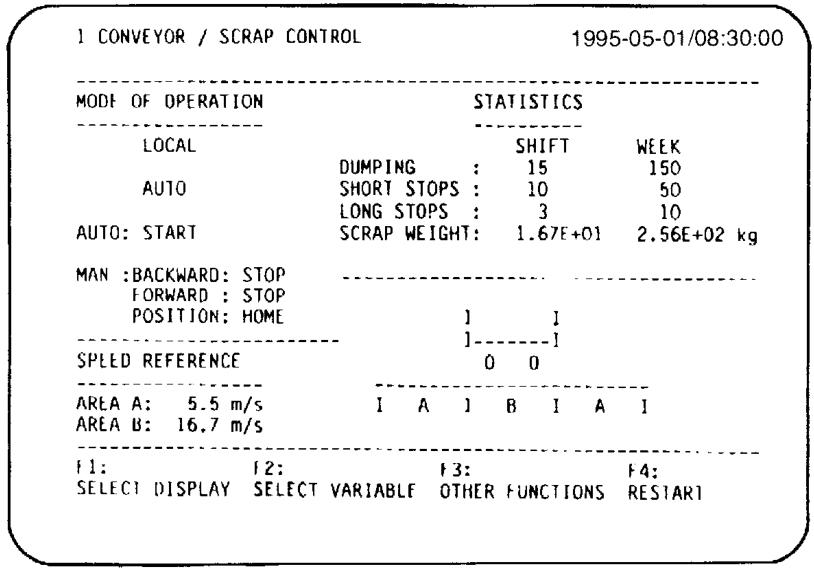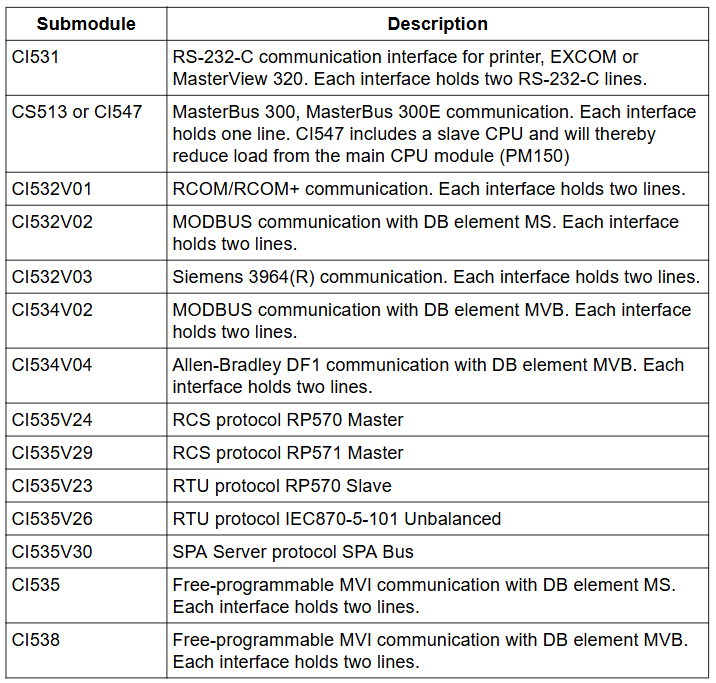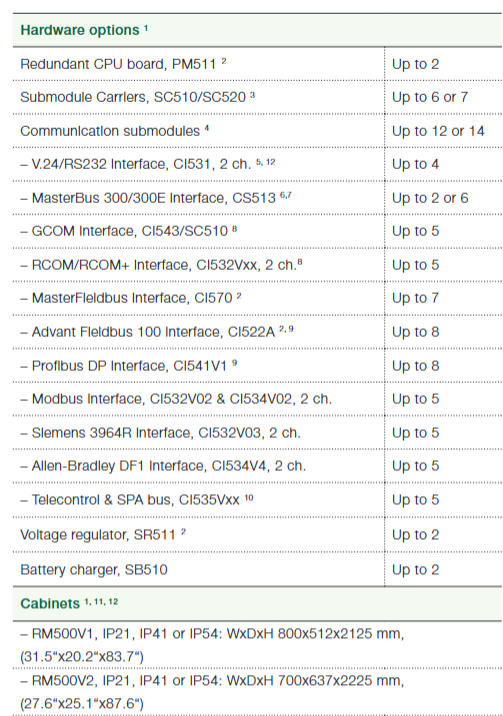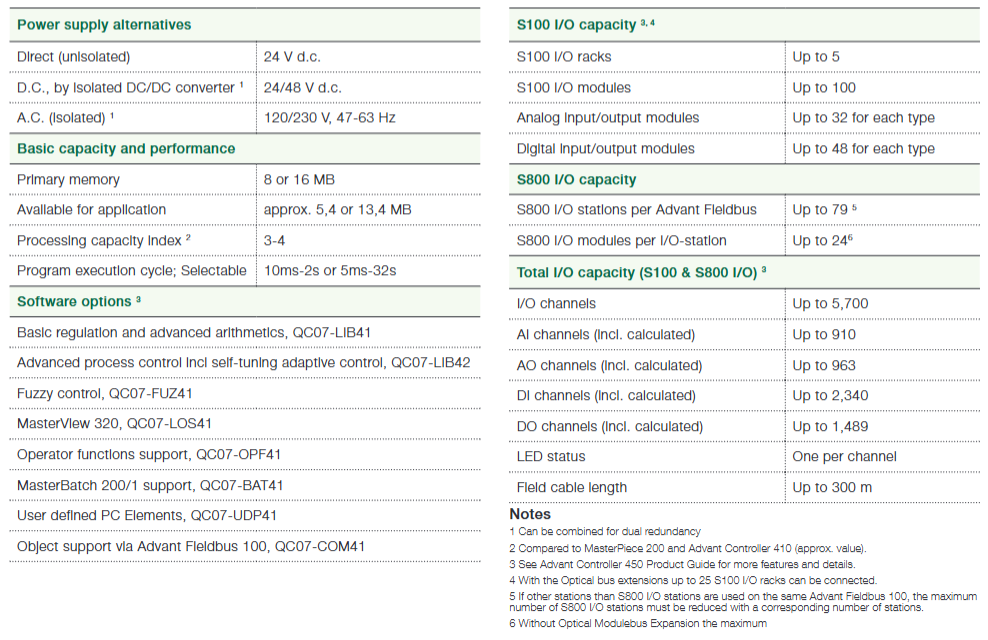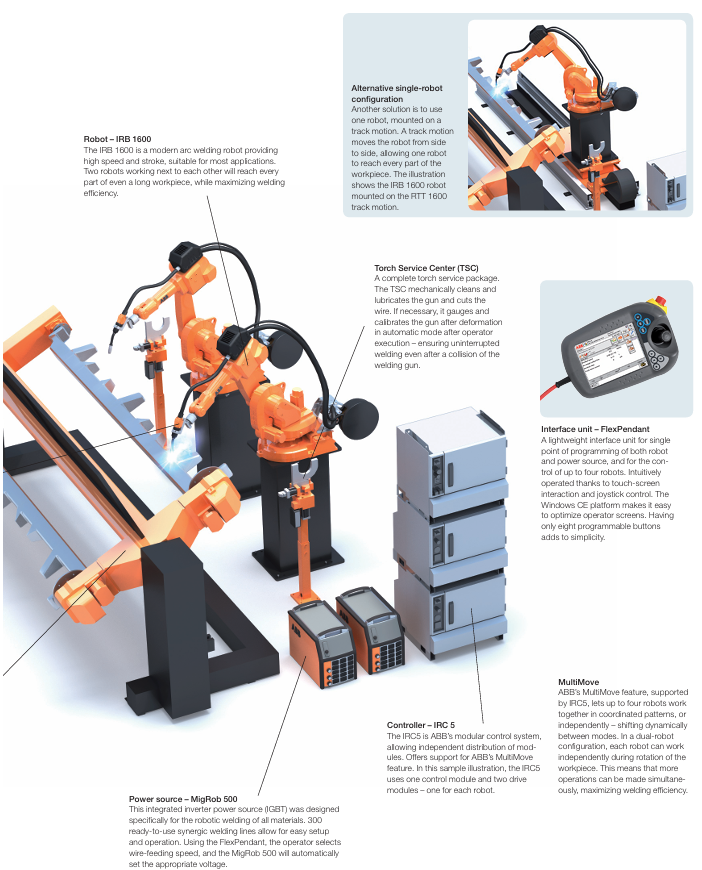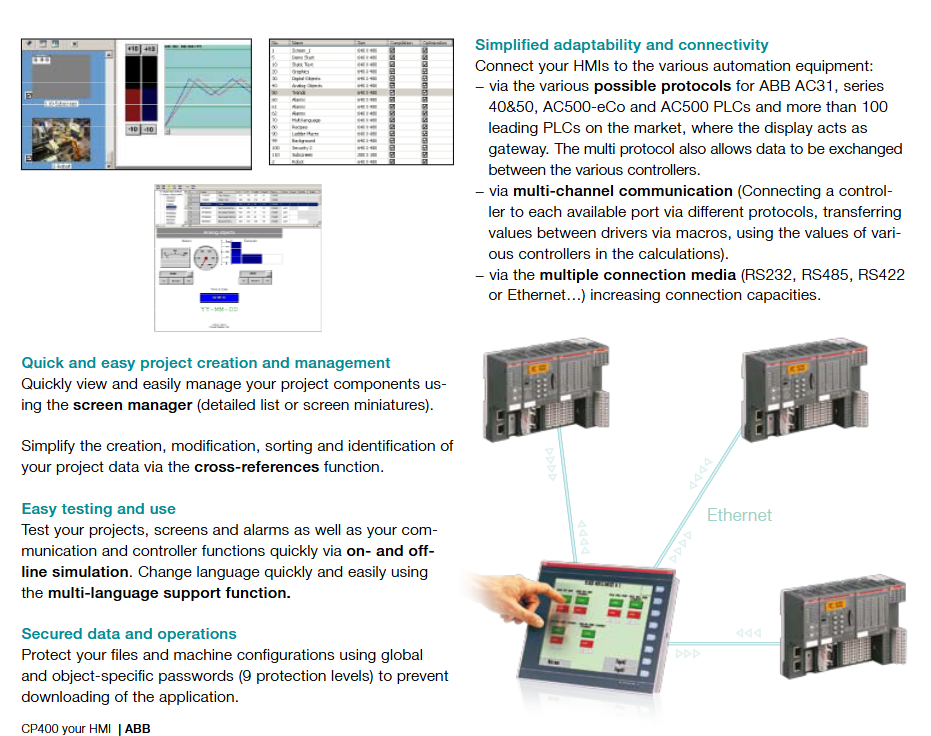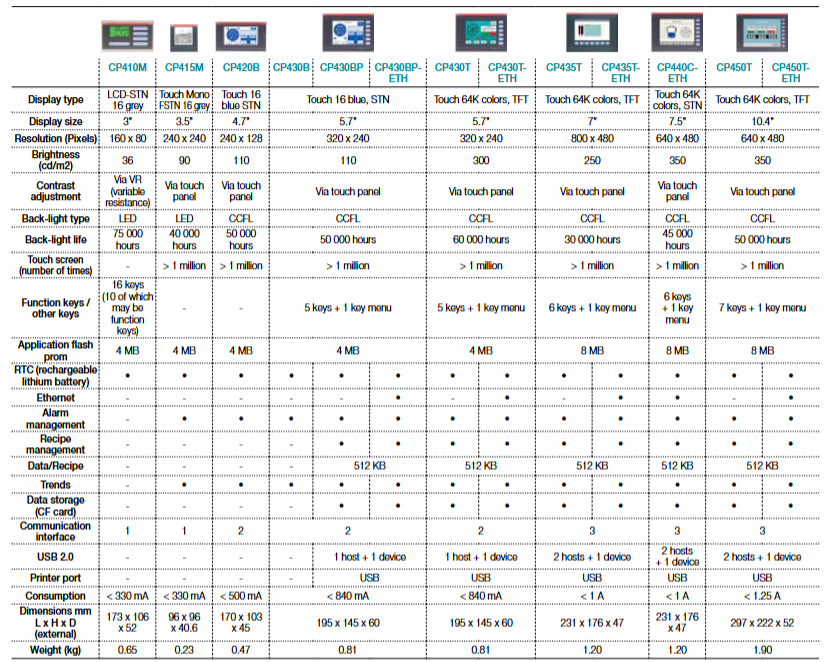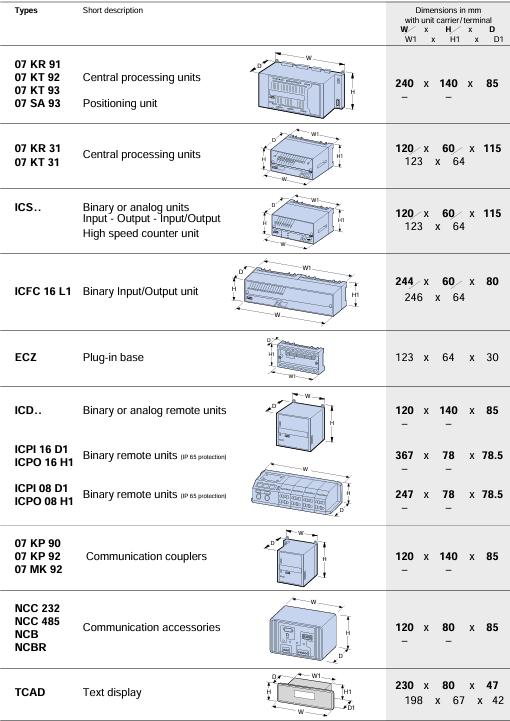ABB AC 800M Controller Hardware
Product overview
AC 800M Overall: It is a configurable and programmable hardware platform that becomes an AC 800M or AC 800M HI controller after configuration programming, including hardware units such as processor units and high integrity processor units. It can be used as an independent process controller or perform local control tasks in a control network, supporting multiple I/O system connections, requiring firmware loading and application creation using Control Builder M. It is suitable for various applications ranging from small PLCs to advanced DCS. The AC 800M HI controller can run non SIL and SIL classification applications.
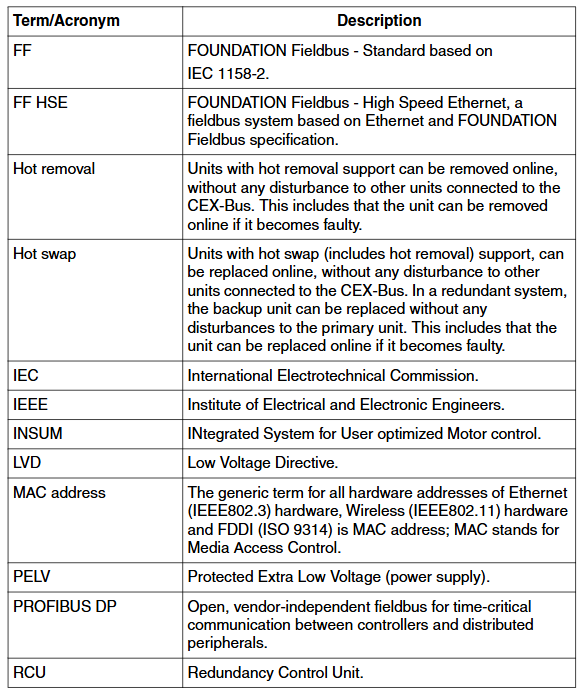
Processor unit:
PM8xx/TP830: Composed of a processor unit and a base, the CPU board contains a microprocessor, etc. The power board generates power, and the base has multiple connections. In a single CPU configuration, S800 I/O clusters can be directly connected, and CEX Bus can expand communication ports.
PM891: High performance controller, connected to S800 I/O system through optical Modulus, can run independently or in control network, supports redundant configuration, has multiple interfaces and connectors, including redundant links.
Redundancy: PM861 and other processor units support redundancy, and the controller contains two processor units, one as the main and one as the backup. In case of failure, seamless switching is required, and the system can restore redundancy after replacing the faulty unit. PM86x/TP830 and PM891 each have their own characteristics in redundant configuration.
High integrity: AC 800M can be configured for safety critical applications, with main components such as PM865. PM865 has enhanced internal diagnostics, while SM810 and SM811 each have their own characteristics. The high integrity system’s Module Bus telegram uses the concept of long frames.
Control software: It is the generic name for the functions of a controller, consisting of hardware, firmware, and application program functions, and requires the Control Builder M tool to create applications.
Ethernet address: The TP830 base and PM891 unit of PM8xx (excluding PM891) both have unique Ethernet addresses.
Key features: modularity, easy installation, convenient troubleshooting, protection level, EMC certification, support for multiple I/O and communication protocols, battery backup, CPU redundancy, etc.
Product release history: lists the new content and corresponding user documentation for each version of AC 800M.
Installation
Site planning: Temperature, vibration, cooling, grounding and other site selection and building requirements need to be considered, and there are corresponding specifications for cable laying, power supply and enclosure.
Installation steps: including installing the AC 800M unit onto DIN rails, metal plates, and prefabricated aluminum profiles, as well as installing various processor units in different configurations, CEX Bus related units, various interfaces ModuleBus、 The installation of power supply unit, main circuit breaker unit, voting unit, external battery unit, and I/O unit should also pay attention to the installation in the cabinet and the ventilation installation dimensions.
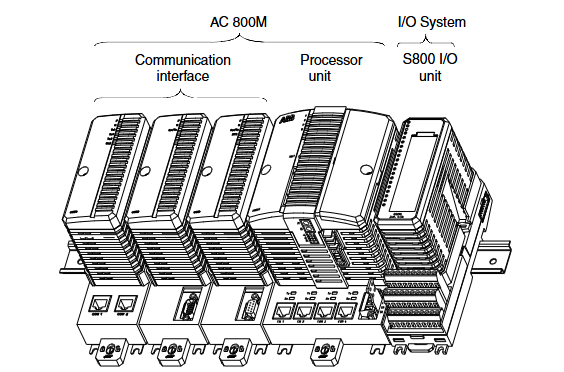
Configuration
Basic information: Use the Control Builder tool to configure hardware and create applications, with relevant documentation and online help providing information.
Connection and Communication: Introduces the connection methods of Control Builder, the characteristics and connections of control networks, the communication ports and functions of processor units, and the setting methods of controller IP addresses under different configurations.
System configuration: It explains various methods for connecting I/O systems, the composition and connection capabilities of ModulaBus, PROFIBUS DP、PROFINET IO、FOUNDATION Fieldbus HSE、TRIO/Genius Remote I/O、Satt I/O The relevant configurations, as well as the connection method of ABB drive system and the configuration of power system.
Operation
AC 800M Controller (PM8xx): Introduces its composition, functions of LED indicator lights, switches and buttons, as well as the role of connectors.
Startup and Mode: including startup related reference information, redundant configuration startup precautions, operation and characteristics of different startup modes (hot start, cold start, controller reset), and automatic switching to backup CPU.
Operation verification: It explains how to verify the normal operation of AC 800M, including the verification methods for single CPU and redundant CPU.
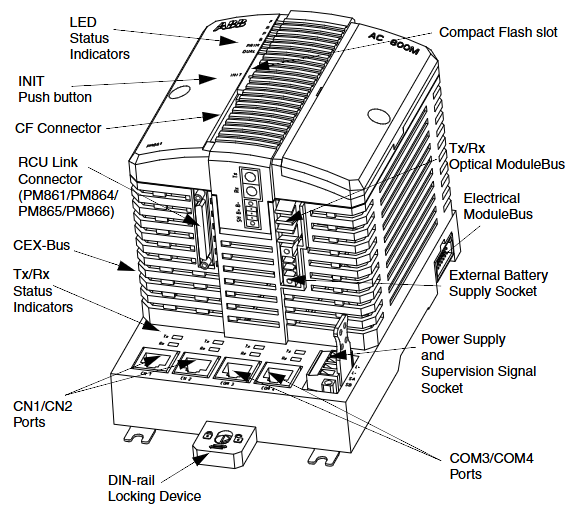
Maintenance
Preventive maintenance: specifies the frequency and operation of regular system hardware checks, battery replacement, and other preventive maintenance.
Battery replacement: Detailed instructions and precautions for replacing internal batteries, SB821 external battery units, and SB822 rechargeable external battery units.
Online Unit Replacement: Introduces units that can be replaced online and precautions, including CPU replacement under different configurations, online replacement of RCU link cables, etc.
Corrective maintenance: It explains the replacement methods for Module Bus and CEX Bus fuses, as well as the fault finding procedures for various units.
Appendix
Hardware Unit: Provides detailed information on various processor units, CEX Bus interconnect units, SM810 and SM811, various interfaces, power supply units, voting units, modem units, external batteries, DIN rails, and other key features and technical data of devices.
Power consumption: Provides standard fuse requirements for 40 ° C environment, as well as current consumption and power consumption data for various AC 800M units, as well as related calculation methods and maximum current supply information.
Recommended components: mention relevant recommended component information.
Instruction considerations: involve electromagnetic compatibility and low-voltage instruction related content.
Standard: Includes certification information for hazardous locations.
Environmental data: Provided environmental data for AC 800M products, including climate and mechanical environmental conditions.
